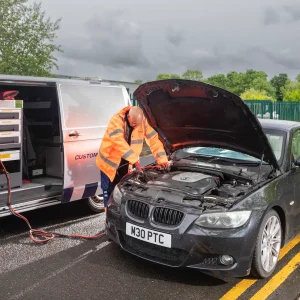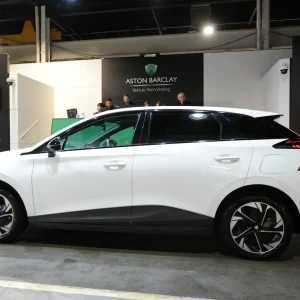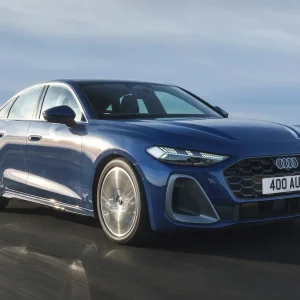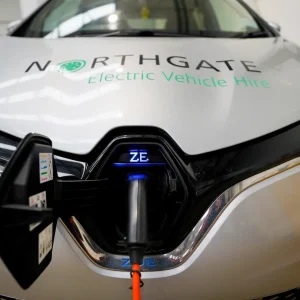Vehicles are getting safer all the time as design and technology protects us. However, the issue of road safety has again been in the headlines as Government figures for 2014 show that 1,775 people died on our roads, a 4% increase on the previous year.
Additionally, there was a 5% increase in serious injuries which equates to 22,800 people in raw numbers.
We know that driver error is often the cause of accidents and it would be easy to focus on just this, but to push these numbers down, there are multiple parties that need to make a contribution.
Highways England has an important role to play. They aim to invest £11 billion over the next five years to improve the road infrastructure and provide the conditions necessary for safer driving.
Initiatives include extending the use of average speed cameras, staged ‘pinch point’ improvements, updating signage, modernising roadside verge engineering and targeting better separation between cyclists and large vehicles.
The manufacturers continue to make a big difference to driver safety and all are investing in furthering safety-related technology which ranges from Driver Attention Alerts and Lane Departure Warnings to Blind Spot Warnings and Moving Object Detection.
Of course, the other key contributor is the driver community. Driver attitude, behaviour, knowledge skill makes a huge impact on the chances of an accident. All drivers can proactively influence their own road risk – the challenge is to keep this a priority.
The Government has set a target that by 2040 no one should be harmed while travelling or working on the nation’s motorway network. It’s a bold and a very positive ambition – and will require a contribution from all of the stakeholder groups that I’ve just mentioned.
Mike Waters is senior insight & consultancy manager at Arval.





